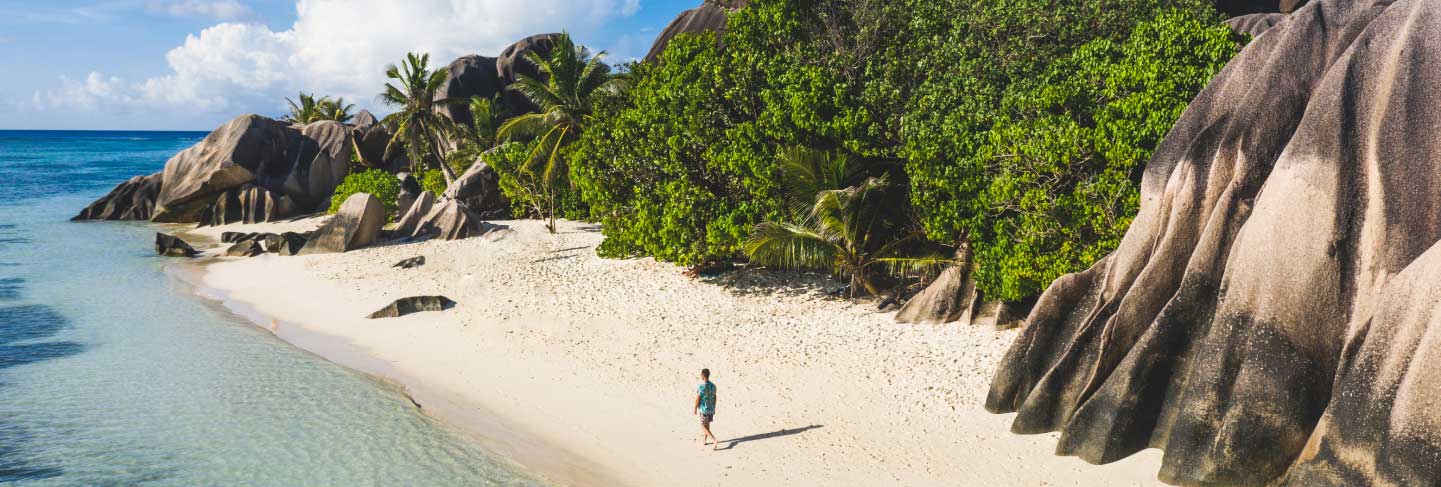Wildlife Expedition in Costa Rica
Contribute to rainforest conservation while living in the heart of the jungle surrounded by Caribbean beaches.
Popular program.
Limited availability.
Durations: 2 - 12 weeks
Book with confidence
Travel flexibility, because life happens! Modify your booking, even up to 48 hours before departure. T&Cs apply.
Program information
Join us in the heart of the wild Kekoldi Indigenous Reserve on the beautiful Caribbean coast. Travel to Costa Rica and live in the jungle, touring the local area, and working to monitor species like ocelots, mantled howler monkeys and the keel-billed toucan. Have the adventure of a lifetime with fellow nature lovers from around the world.
Grants available for up to USD13,000!
Get a GVI Foundation Grant of up to 80% on conservation programs. Everyone is invited to apply by 31 Jul.
Book with confidence
Travel flexibility, because life happens! Modify your booking, even up to 48 hours before departure. T&Cs apply.
Included in your program, at no extra cost.
Make the most of our unique programs with these exclusively curated local adventure and wellness experiences.
Offered once a month, expand your adventure with GVI Experiences. These are just some of the activities offered on your program!
Traditional chocolate workshop
Waterfall hike
Moth and butterfly trapping
Sunrise in the rainforest
Conversational Spanish class
Stargaze in the jungle
Wildlife photography workshop
Yoga in the rainforest
Connect with our alumni
Want to connect with some of our past participants about their adventures? Get in touch with hundreds of friendly ambassadors all over the world who would be more than happy to answer any questions.
Connect with us
Join our Virtual Open Day!










































